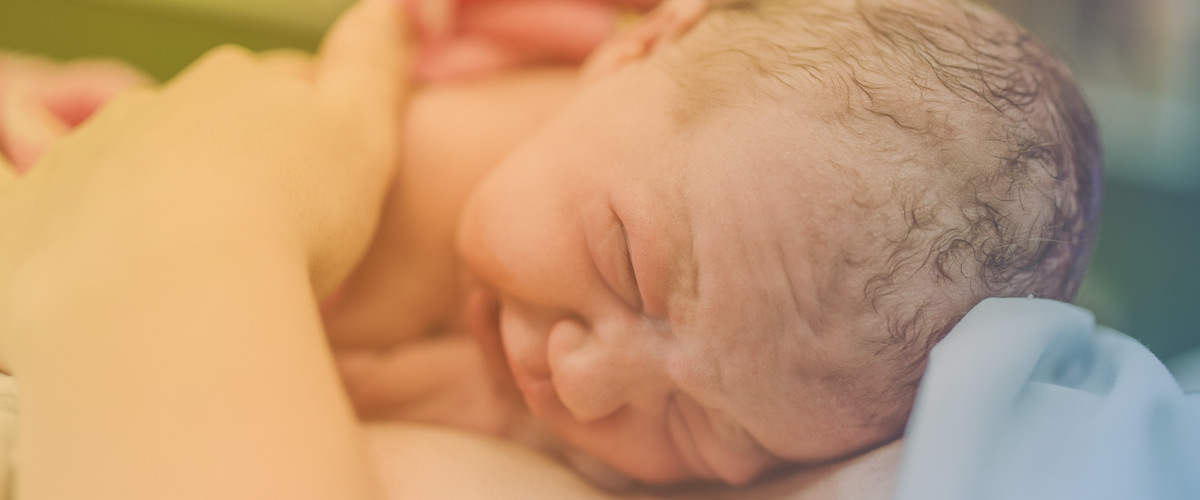Delayed cord clamping
When is the best time to cut the umbilical cord?
The optimal time to cut the umbilical cord will depend on your circumstances. Delaying cord clamping for at least 1-3 minutes after delivery allows more of the baby’s blood to return from the placenta into the baby and is usually advantageous for the baby.
Delayed cord clamping (anytime beyond 60 seconds after delivery) has benefits to the baby. This is because delayed cord clamping allows more blood to transfer from the placenta to the infant, which increases the baby’s red blood cells and iron stores, and reduces the risk of anemia.
Early cord clamping (within the first 30 seconds after delivery) may be important in the rare circumstance that the baby needs immediate medical assistance. It may also be required if you are choosing to collect and bank umbilical cord blood.

Adequate iron stores are important for proper development. However, there may be a small increase in the risk of jaundice because the normal breakdown of red blood cells can lead to too much bilirubin in the infant’s blood. When this happens, the baby’s skin appears yellow and in some cases the baby needs treatment, which can involve placing the baby under a special light. However, the benefits of increased iron stores outweigh this risk of jaundice and so it is recommended that cord clamping should be delayed by at least 30-60 seconds after birth.

